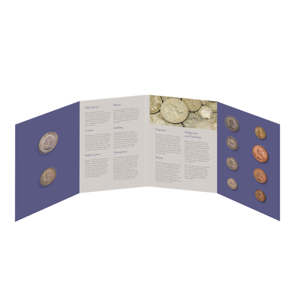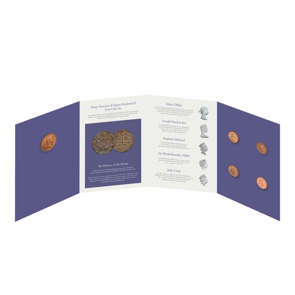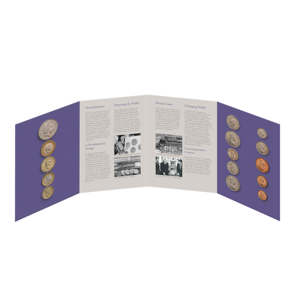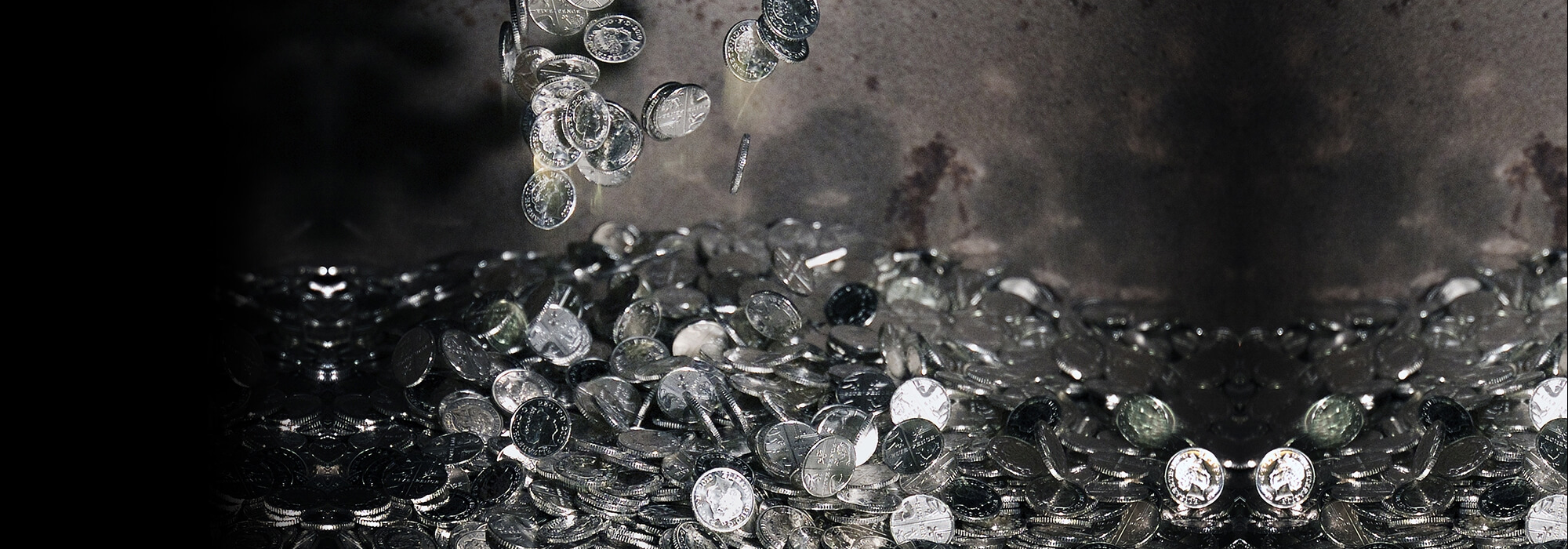
From time to time we’re asked the question, ‘Why are some coins magnetic?’ It’s one of those interesting facts that you seem to just stumble across. I discovered it when a loose coin stuck to the back of a fridge magnet in a drawer! So, let’s take a look at the science behind it and some fun facts we found along the way…
If you were to take a magnet to the ‘smaller’ coins in your change today, you will find that some of them stick. What's interesting about this is that only some of the coins are magnetic… Why aren’t all of them?
Is Steel Magnetic?
A quick Google search will uncover the official explanation, which can be found on both royalmint.com and the Royal Mint Museum’s website. In short, the composition of 1p and 2p coins was changed from bronze to copper-plated steel in 1992 and the composition of 5p and 10p coins was changed from cupro-nickel to nickel-plated steel in 2011. The common denominator? Steel.
The ‘Copper’ 1p and 2p coins were traditionally made from a bronze alloy of copper, tin and zinc. However, since September 1992 they have been made from copper-plated steel. Both types are the same colour, weight, diameter and design and circulate together, but it’s the new copper-plated steel coins that are attracted to magnets. The iron content in the steel core is what makes them magnetic.
Are Silver Coins Magnetic?
Since January 2012, the ‘Silver’ 5p and 10p coins have also been made from a plated steel, in turn making them magnetic. While they changed more recently than the ‘coppers’, you will actually find that a higher percentage of 5p and 10p coins are magnetic. This is because in 2013 The Royal Mint began a programme to recover old 5p and 10p coins from circulation. Since then some 330 million of the new plated steel coins have been issued in their place.
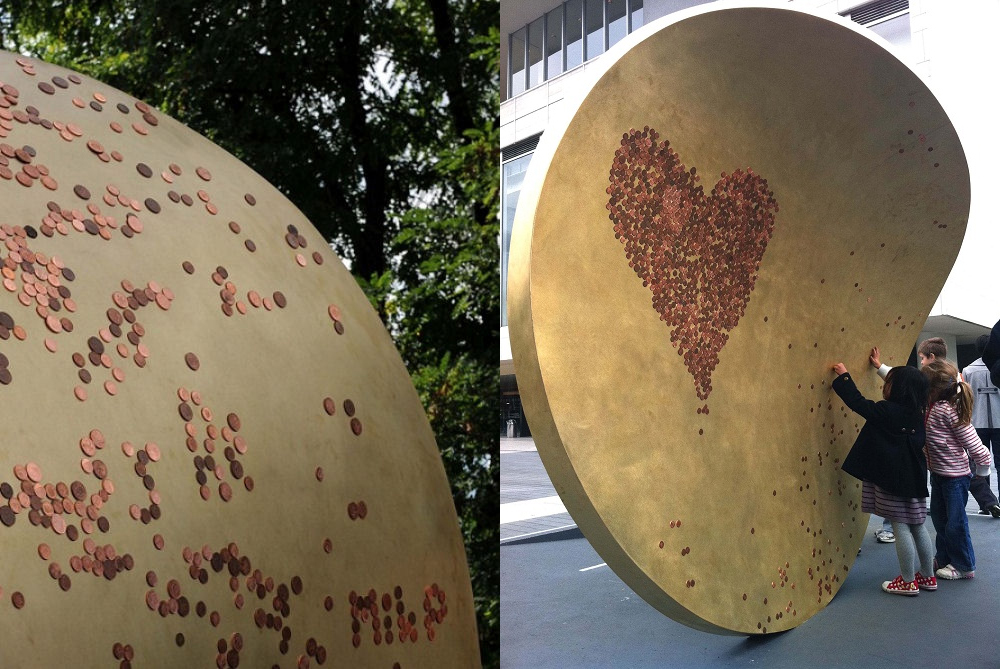
As people have discovered the magnetic property of the coins in their change, many have tried experimenting to see how far they can push the boundaries of what can be done with them.
The Force is Strong
When plated steel coins are attached to a magnet, the coins themselves become magnetised as the magnetic force travels through them. With a strong enough magnet you’re able to attach coins to each other and ‘dangle’ them and some amazing feats of balance and ingenuity can be achieved.
So, find yourself a magnet and have a go! See how many you can balance or stick together and share your finds with us on Facebook or Twitter – we’d love to see how you get on.
You may be interested

1971 Britain’s First Decimal Coin Set in Blue Wallet
A great nostalgic gift
Price: £10.00
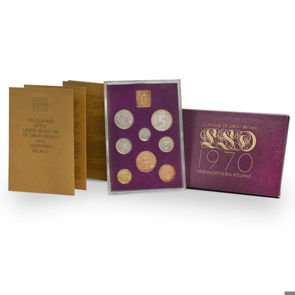
1970 Pre Decimal UK Proof Set
One of the first modern Proof sets to be produced by The Royal Mint
Price: £60.00

The Modern Monarchs Starter Set
Includes King Charles III Coronation Medal
Price: £95.00
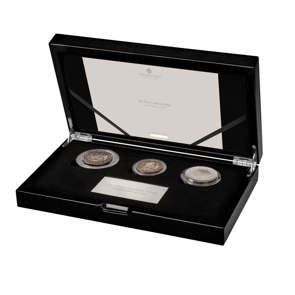
The Three Carolean Kings Silver Three-Coin Set
Limited Edition 100
Price: £1,250.00
Discover great stories from history and how we're celebrating these moments within The Royal Mint
Read more

